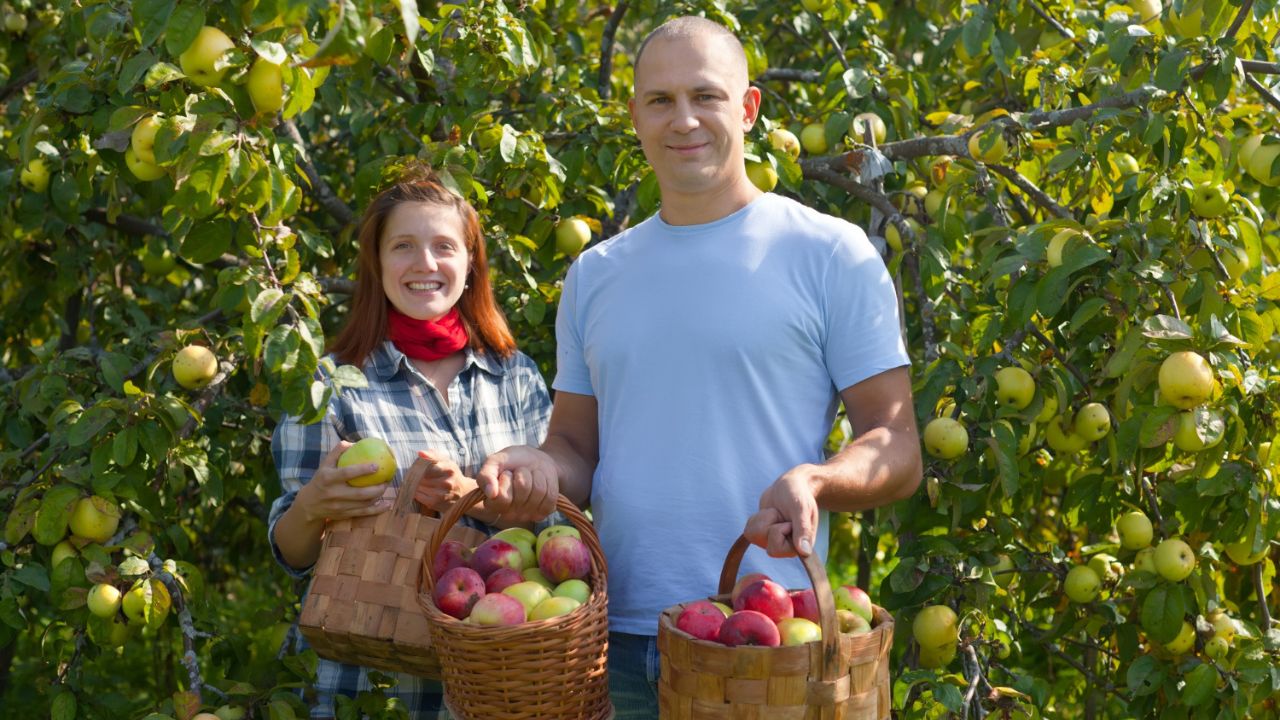Farm-to-table travel puts you in the field, then in the kitchen. These hands-on tours show where food grows, and how to cook it the same day. You will meet growers, learn safe prep, and taste fresh results. Every stop lists real details like seasons, temperatures, or local rules that shape each dish. Wear closed-toe shoes, bring water, and follow guides, because farms have tools, animals, and posted safety signs for visitors. Many tours run rain or shine, so pack layers and always respect private property lines and crop rows.
1. Maple Sugaring in Stowe, Vermont
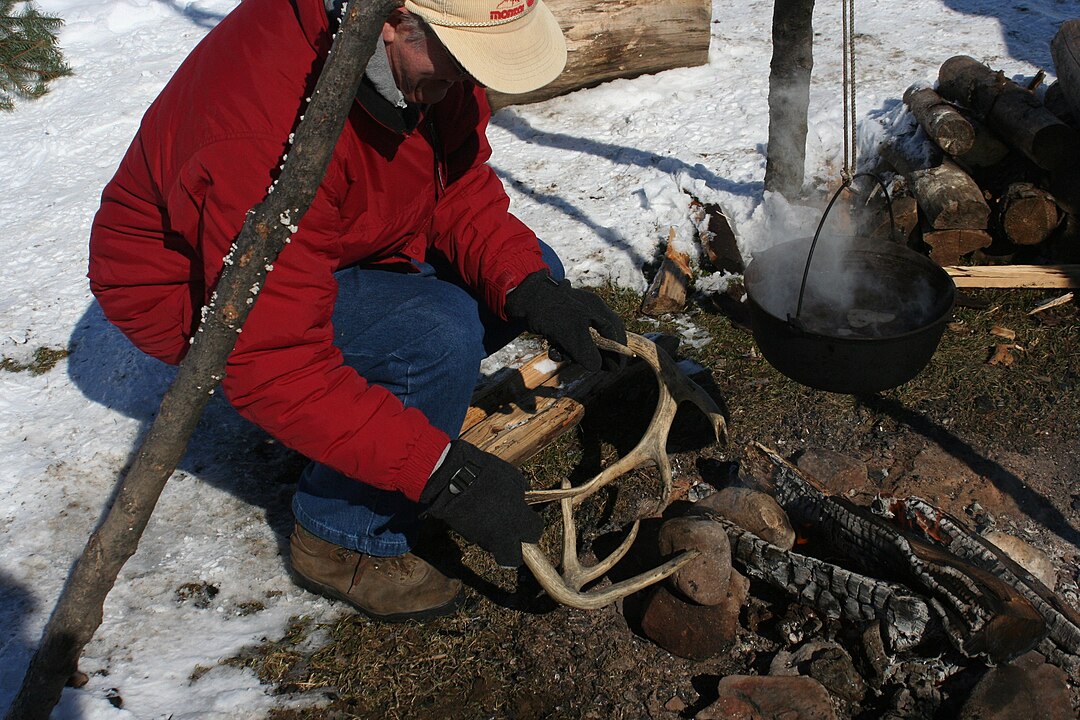
Maple Sugaring in Stowe, Vermont turns cold nights into sweet science. From late February to early April, sap that is about 98 percent water drips into buckets, then boils to 219°F to become syrup. Guides explain tree taps, hydrometers, and grading rules set by Vermont in 2014. You collect, filter, and whisk warm syrup into a batter for griddle cakes, then eat while steam rises from the sugarhouse roof. Stay clear of evaporators, the pans are hot, and always use marked paths around lines and trees.
2. Olive Harvest in Sonoma, California
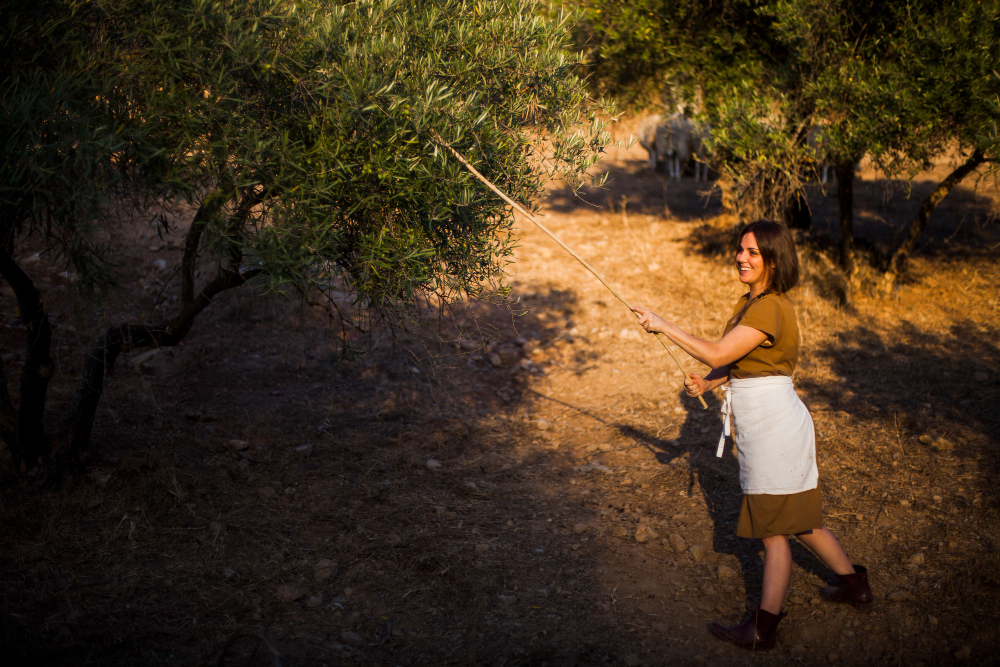
Olive Harvest in Sonoma, California pairs picking with kitchen skills. In October and November you hand rake olives into nets, then learn to cure them in brine for several weeks. California grows most of America’s olives, a tradition that dates to the 1800s. In the kitchen you pit fruit, crush garlic, and make tapenade to spread on toasted bread. Instructors cover oil tasting at 70°F, when aromas bloom, and basic knife rules. Wear gloves, ladders are staff only, and keep pits away from small children to prevent choking.
3. Crawfish Boil near Lafayette, Louisiana
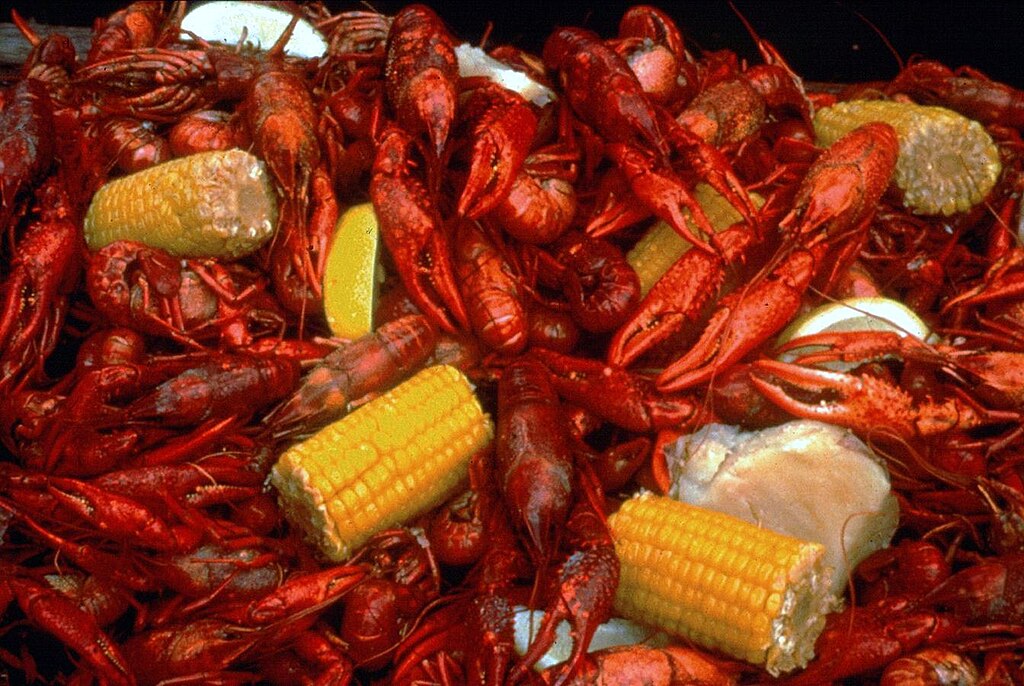
Crawfish Boil near Lafayette, Louisiana teaches harvest facts and heat control. Peak season runs March through May when ponds and bayous are busy. Louisiana produces over 100 million pounds in many years. You purge, spice, and boil at 212°F, then rest the pot so flavors soak in for 15 minutes. Instructors cover seasoning ratios and safe handling for live shellfish. Allergy note, shellfish can trigger reactions, so ask before tasting. Closed-toe shoes and long tongs keep hands safe around propane burners and heavy baskets.
4. Lobster Boat to Shore Cookout in Portland, Maine
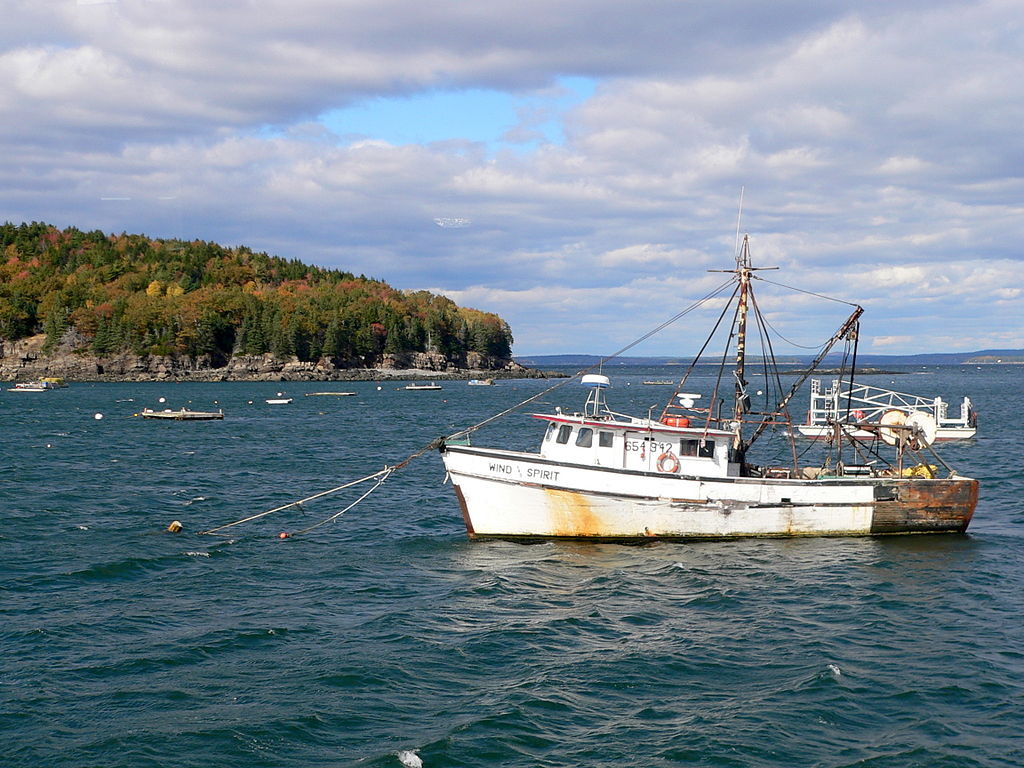
Lobster Boat to Shore Cookout in Portland, Maine puts you on deck, then by the pot. Captains show traps with escape vents and the state’s 3.25 inch minimum carapace rule that protects young lobster. Back on land you weigh seawater, add potatoes and corn, and steam a classic shore dinner. Cooking runs 12 to 15 minutes for a 1.25 pound lobster. Everyone wears life jackets on the skiff, and crew remind you to keep fingers clear of bands and claws. Follow dock signs, wet decks can be slick even on warm July afternoons.
5. Cheesemaking in Lancaster County, Pennsylvania
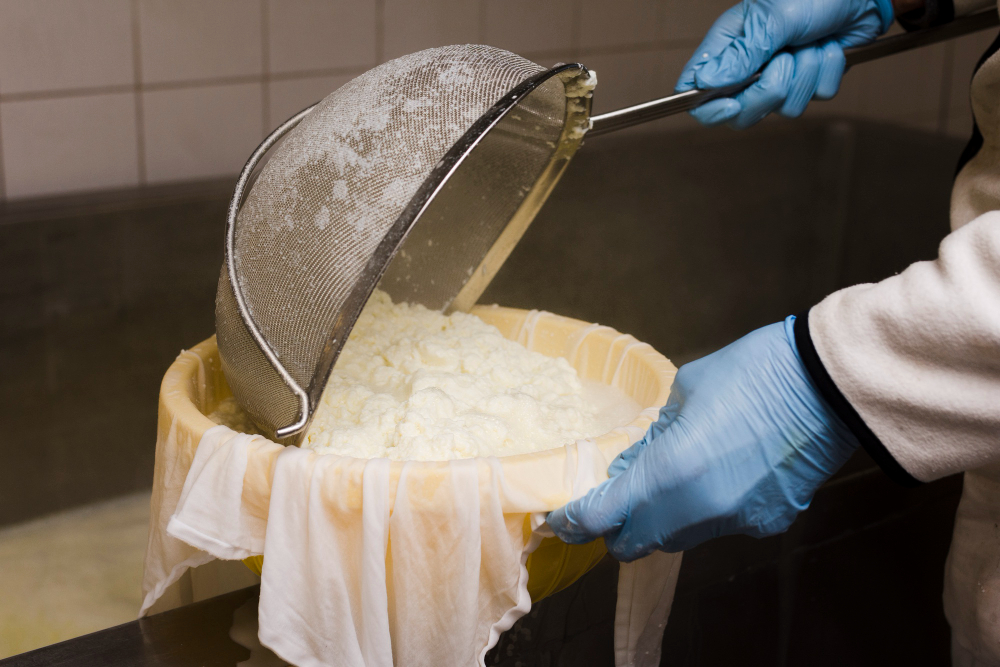
Cheesemaking in Lancaster County, Pennsylvania starts in the milking parlor. Guides explain pasteurization at 161°F for 15 seconds, the high temperature short time standard. You stir curds, cut with a long knife, and measure pH before salting. Federal rules require raw milk cheese to age at least 60 days, so fresh samples are pasteurized styles. Students stretch mozzarella, then pack rounds to chill. Wash hands before entering barns and stay behind railings around equipment, because vacuum lines and agitators move with real force.
6. Hatch Chile Harvest in Hatch, New Mexico
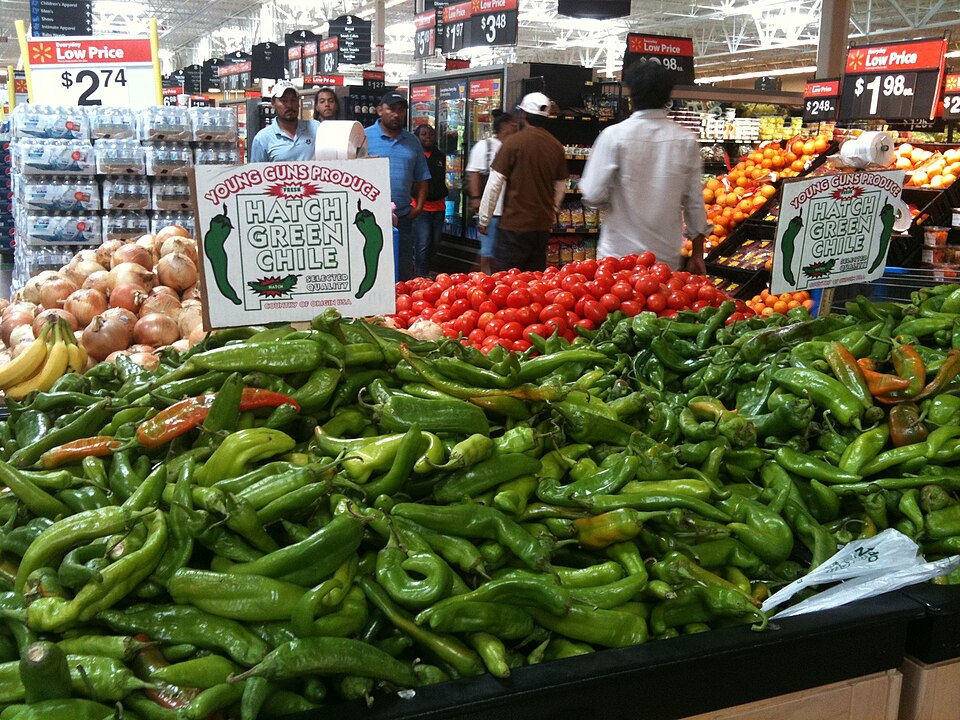
Hatch Chile Harvest in Hatch, New Mexico celebrates roasting season. Green chiles peak from late August to September, when drum roasters tumble baskets until skins blister and char in a few minutes. You learn Scoville heat levels, often 1,000 to 8,000 for mild to medium fruit, and practice peeling under running water. In the kitchen you dice roasted chiles and simmer a sauce for enchiladas. Wear gloves, capsaicin can irritate skin, and avoid touching eyes. Vent fans stay on, and cutting boards for peppers and raw meat are kept separate by color.
7. Apple Orchard Pie Class in Wenatchee, Washington
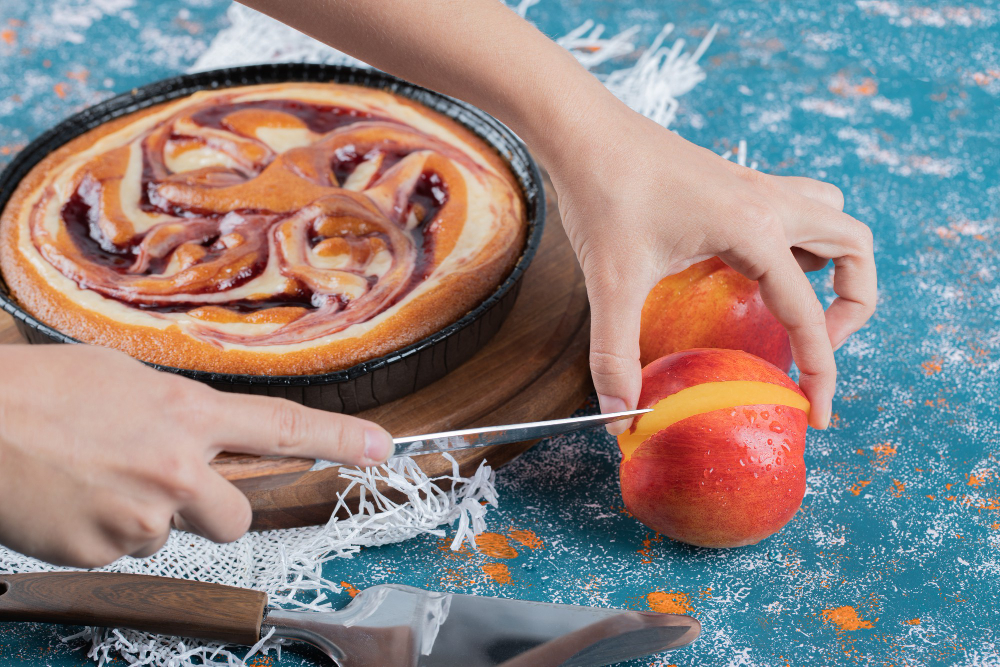
Apple Orchard Pie Class in Wenatchee, Washington brings harvest to the oven. Washington supplies about 60 percent of America’s fresh apples. Pickers fill 800 pound bins from late August through November, then the best pie apples hold shape during baking. In class you slice to 1/4 inch, toss with lemon juice, and bake at 375°F for 50 minutes until bubbles appear. Cooling takes at least 2 hours for clean slices. Use ladders only with staff, and keep knives pointed down when walking between rows of Honeycrisp and Gala trees.
8. Taro Farm and Poi Workshop on Oahu, Hawaii
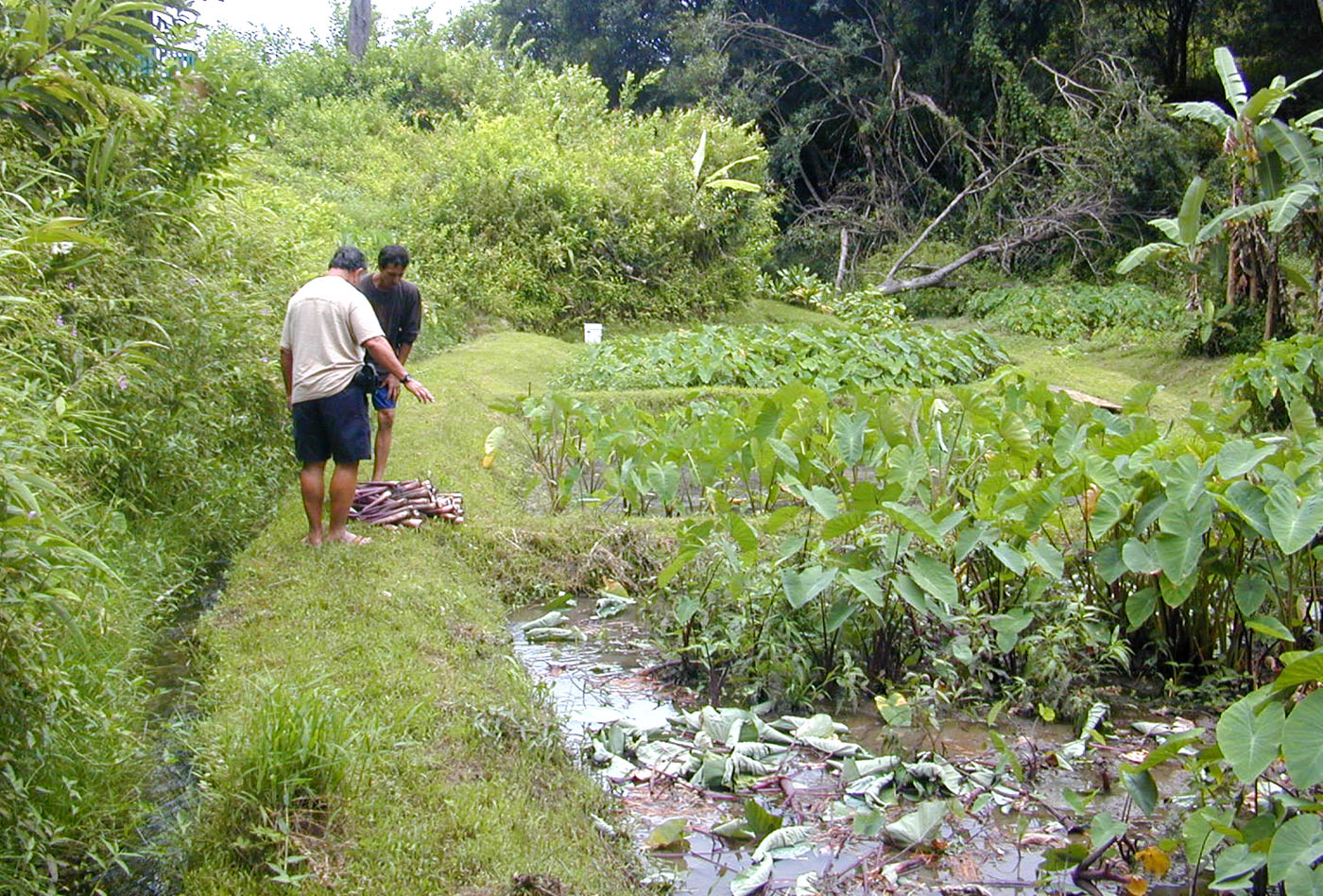
Taro Farm and Poi Workshop on Oahu, Hawaii connects field and food. Farmers guide you through loʻi, the irrigated taro patches shaped over centuries for steady water flow. You wash corms, steam until tender, then pound on a papa kuʻiʻai board with a stone pestle to make poi. Salt and water set the texture, and clean hands keep the mash smooth. Many families ferment poi for 1 to 3 days for a tangy taste. Wear reef-safe sunscreen, bring water shoes, and follow farm biosecurity rules so soil on boots does not spread pests.
9. Salmon Smoking Class in Sitka, Alaska
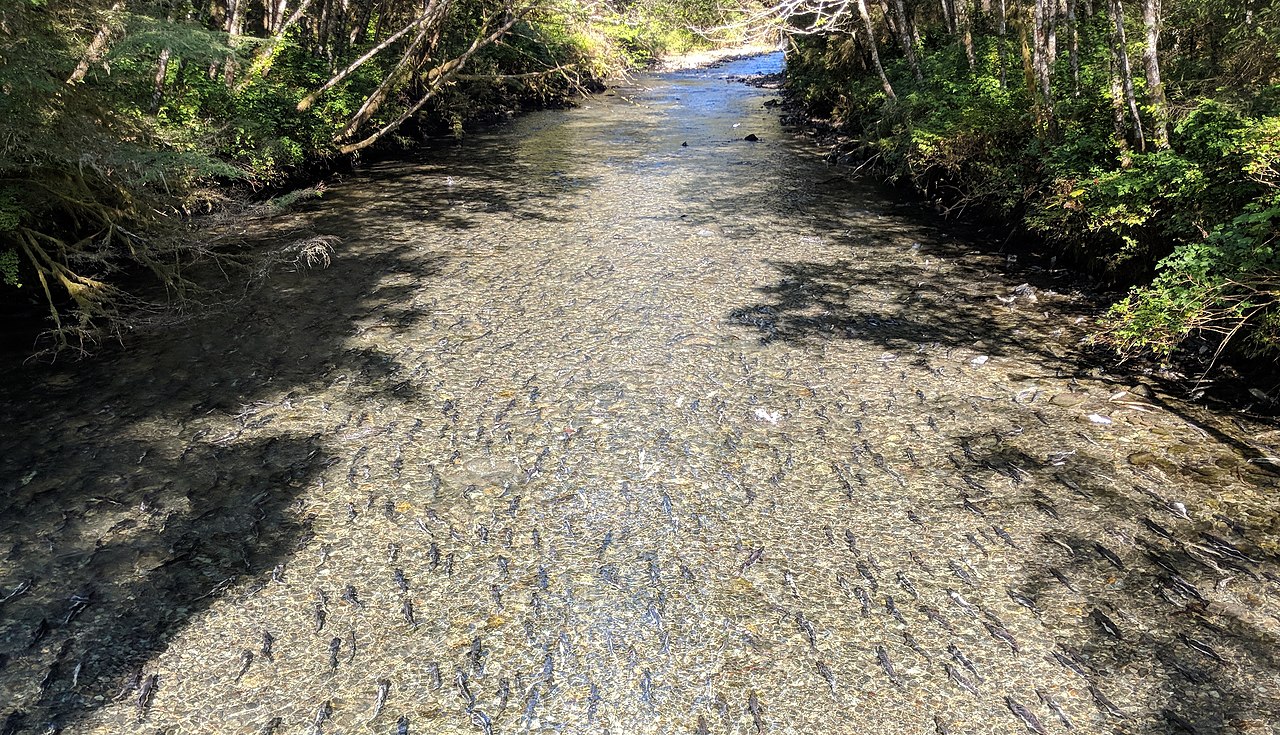
Salmon Smoking Class in Sitka, Alaska covers the steps from fillet to flakes. Wild runs fill local waters from May through September. You brine fish in salt and brown sugar for 4 to 8 hours, dry on racks, then smoke at about 160°F until firm. Instructors note the FDA cooking guideline of 145°F for fish when you grill fillets for dinner. Gloves, sharp knives, and clean boards keep prep safe. Seals and eagles are protected wildlife, so follow dock rules and keep a respectful distance along the harbor.
10. Citrus Grove Marmalade Class near Orlando, Florida
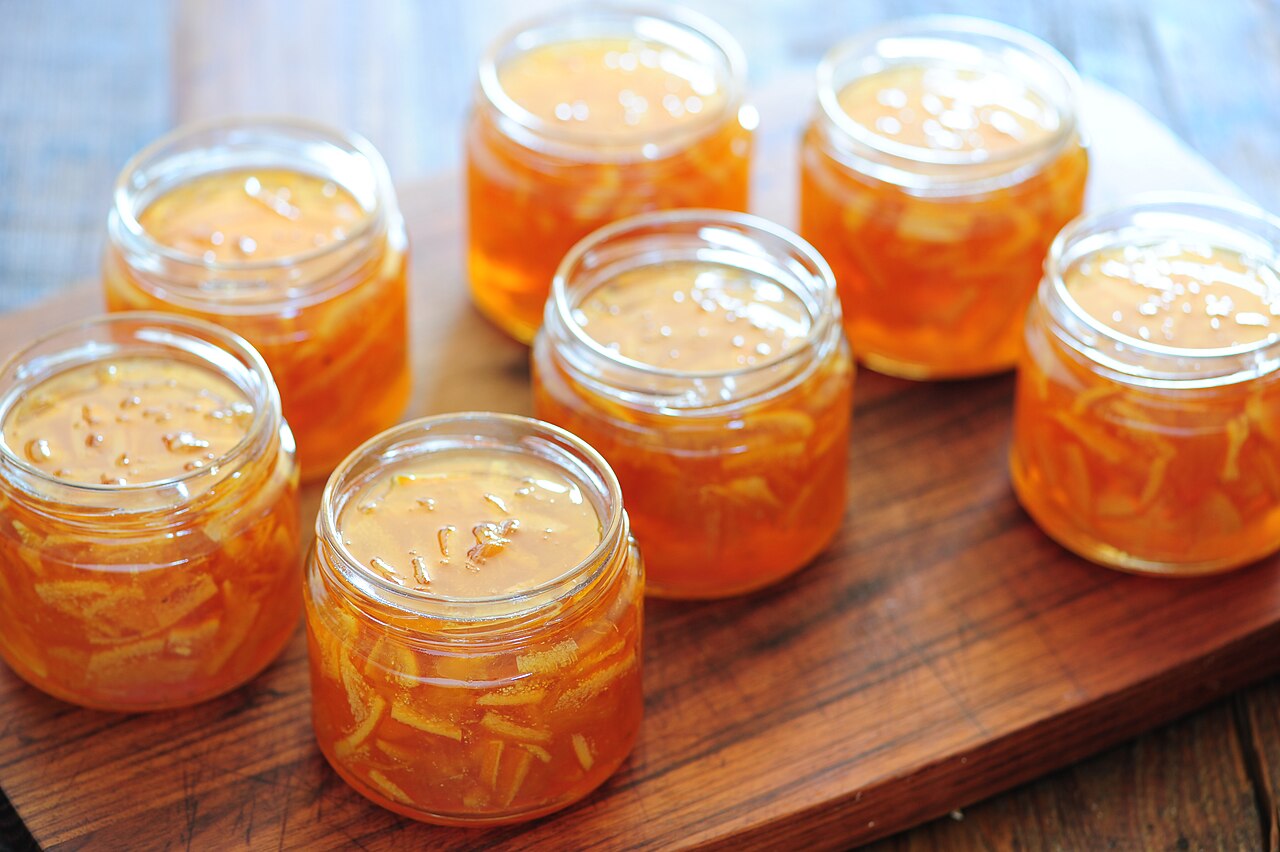
Citrus Grove Marmalade Class near Orlando, Florida turns winter fruit into jars for home. Central Florida’s citrus season runs November through April. You slice thin peels, simmer with juice and sugar, then test for gel at 220°F, the typical set point for pectin. Jars are washed and boiled for 10 minutes before filling. Instructors explain frost protection with micro-sprinklers that create ice at 32°F to shield blossoms during cold snaps. Watch for bees, wear a hat, and keep kids clear of hot syrup and canning rings.
